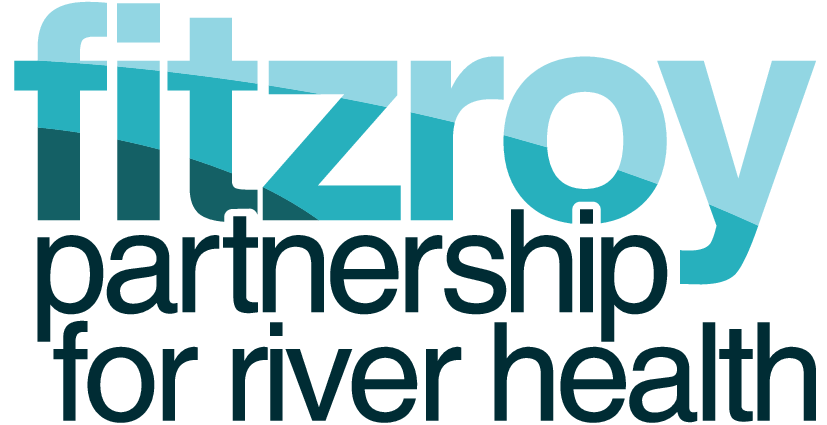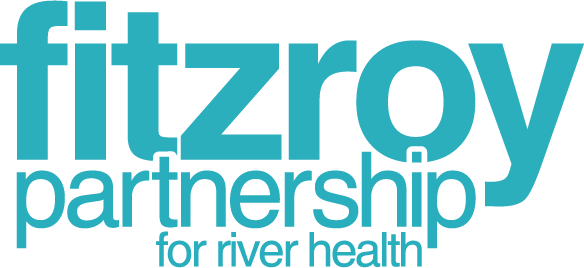Cotton Australia: a sustainable cotton industry
Sustainability for the Australian cotton industry means running profitable and efficient businesses while creating environmental, economic and social value. It also means being accountable to stakeholders for the industry’s actions and impacts. The Australian cotton industry has been actively working to do this for over 30 years.
Now, the industry is seeking to improve even more as it works to its vision of being a global leader in sustainable cotton production. An Australian cotton sustainability framework called PLANET. PEOPLE. PADDOCK. has been created to guide work to: set sustainability targets in the areas most important to industry and stakeholders; coordinate a whole-of-industry strategy to achieve these targets; and engage effectively with stakeholders on actions and progress.
Through a process of consultation and review, eight environmental, economic and social topics have been assessed as being most important to customers, cotton growers, industry organisations, regional communities and other stakeholders. Each topic aligns with relevant United Nations Sustainable Development Goals
(SDGs). In regards to waterway health and the environment, the topics of most importance include: water, less drops per crop; carbon, acting on climate change; biodiversity, benefiting from biodiversity; and pesticides, efficient responsible pesticide use.
Australian cotton has the reputation of being the most water efficient cotton industry in the world, thanks to biotechnology and advances in precision irrigation and timing. Long-term monitoring shows the cotton industry’s significant improvements in water efficiency over time. Water-use productivity by Australian cotton growers improved by 48 per cent since 1992.
As custodians of large blocks of land, cotton growers play a role in managing Australia’s natural resources and environment. For example, cotton growers boost their water use efficiency, improve soil health, fence off remnant vegetation, practice no-till farming and integrated pest management, and strive to become
more efficient across the farming operation. All this is done with a combination of cutting-edge science and technology, extensive experience, and significant investments of time and money.
Graham Volck is always looking to improve resource use efficiency on his irrigated cotton farming business near Emerald, Queensland. Less inputs means less resources used, lower costs – and in the case of nitrogen fertiliser, lower greenhouse gas emissions and reduced run-off of nitrates. For the 2017-18 and 2018-19 seasons, Graham offered his farm as a demonstration site to show nitrogen use efficiency can be improved by monitoring nitrogen movement and losses.
Graham increased his soil testing program from once to three times each year to get a better understanding of what was happening with soil nitrate levels before, during and after the cotton crop. This gave Graham the confidence to remove one in-crop nitrogen fertiliser application of 50 to 60 kg N/ha, which saved $68 to $80/ha in fertiliser costs. It also reduced soil disturbance, thereby helping maintain good soil structure and soil carbon levels. The results of the tests are being shared widely with other growers at workshops and on YouTube. Graham is now looking at more precise nitrogen fertiliser management practices to further reduce nitrate run-off and greenhouse gas emissions, without impacting yield.
As a result of Graham’s efforts he was awarded a Reef Champion Award in 2019, an initiative of the Reef Alliance with support from the Australian and Queensland Governments.




